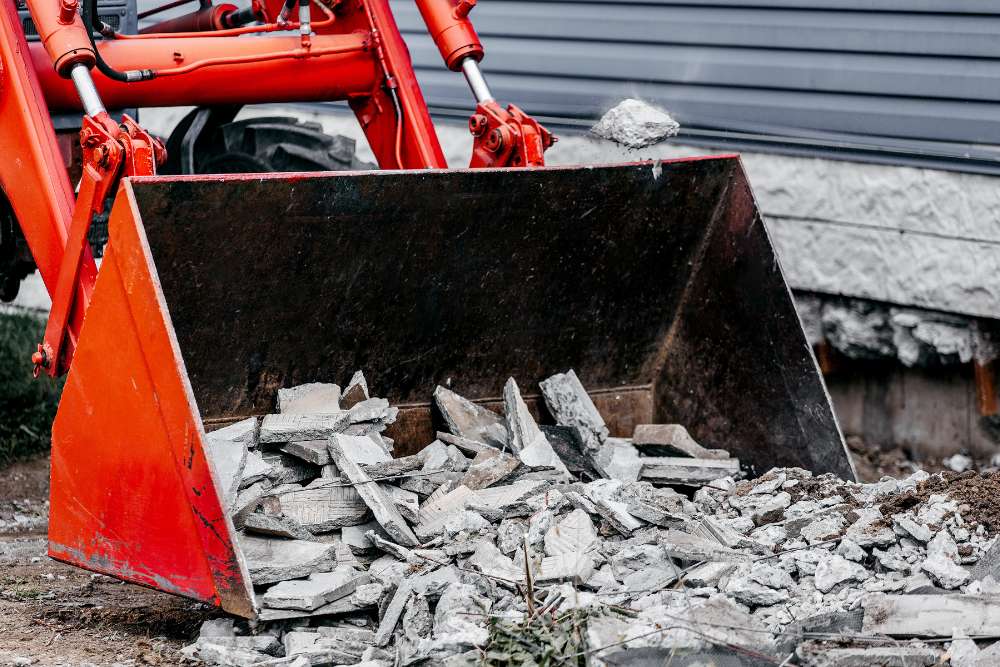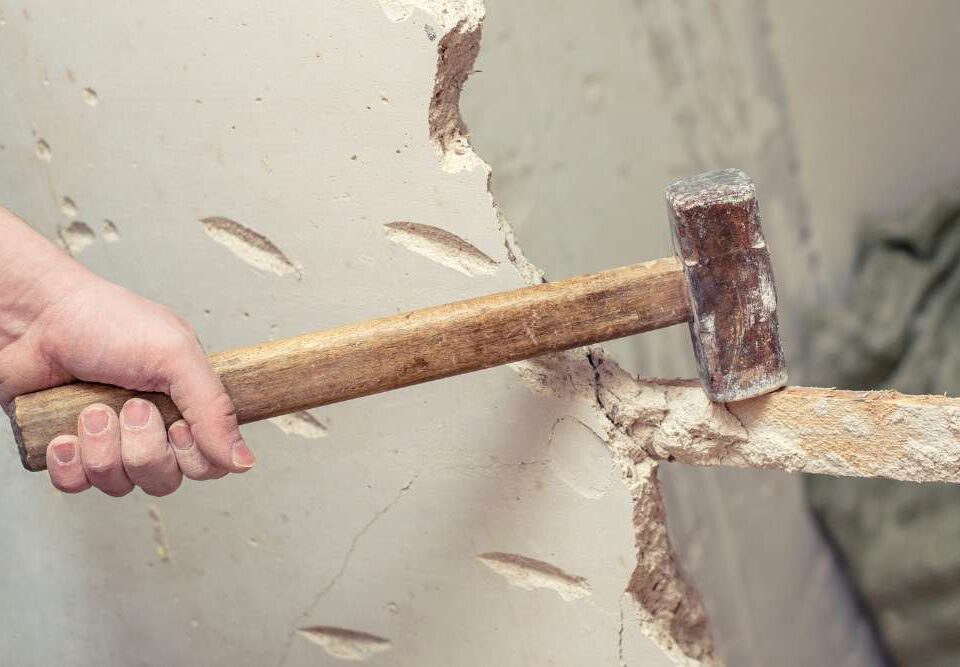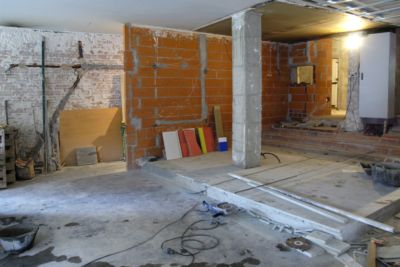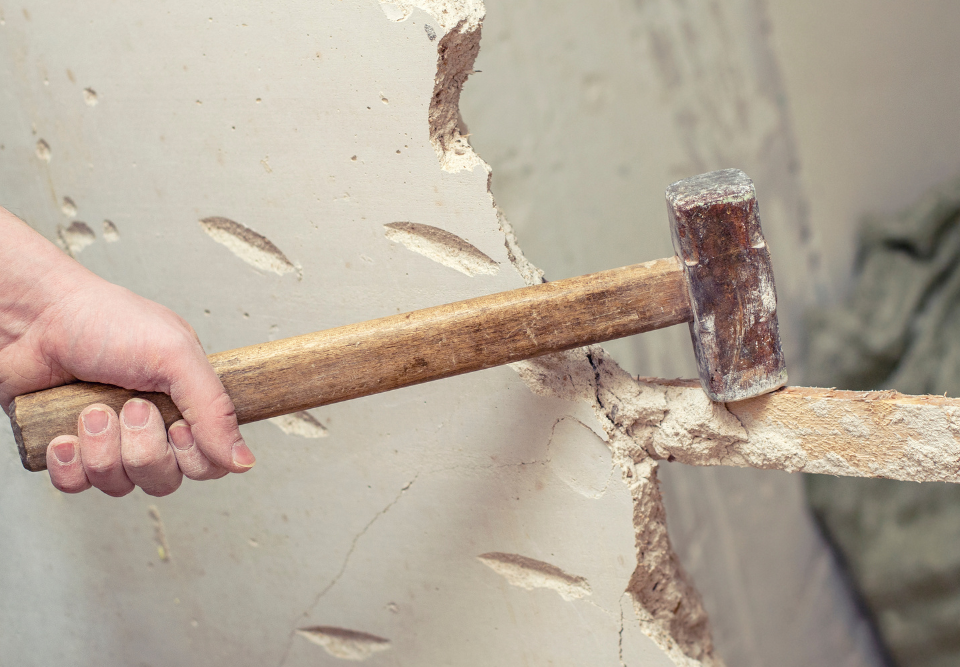
The Best Ways to Handle Deck Removal
September 10, 2025How to Plan for Bathroom Demolition Effectively
September 10, 2025How to Organize Your Demolition Cleanup for a Smooth Process
Demolition often feels like the exciting spark that kicks off a renovation project, yet it also leaves behind a trail of chaos that can overshadow the excitement. Piles of wood, drywall, metal scraps, and endless dust quickly add up, turning what should be an inspiring moment into a logistical headache. When debris begins to stack without direction, progress slows, energy drains, and the enthusiasm for transformation can fade. This is why cleanup deserves just as much attention as the actual demolition itself.
With a thoughtful approach, cleanup becomes an essential bridge between tearing down and building anew. Organized preparation allows the process to flow smoothly, keeping hazards under control and reducing costs in the long run. By planning how materials will be sorted, handled, and removed, you create order where there might otherwise be chaos. Ultimately, a well-structured cleanup sets the stage for a renovation that begins on the right foot.
Planning your demolition cleanup strategy
The smoothest cleanups don’t start when the dust settles; they begin before the first hammer swings. By planning ahead, you can anticipate the sheer volume of debris and decide how it will be managed from day one. This means evaluating the types of materials you’ll encounter, choosing whether to rent a dumpster, and even setting aside zones where debris will be sorted. These small but vital steps prevent confusion when demolition is underway and debris piles up faster than expected.
Without a strategy, chaos is inevitable—waste becomes unmanageable, hazards multiply, and delays creep into the project timeline. Creating a detailed plan also helps you budget for disposal costs and reduces unnecessary trips to local facilities. Treating cleanup as a structured part of your demolition ensures the site stays clear and safe. With preparation, the transition from demolition to construction feels seamless rather than stressful.
Sorting debris into clear categories
One of the most effective ways to maintain order during demolition cleanup is by sorting debris into clear categories. Instead of mixing everything into a single heap, designate specific areas or containers for wood, metal, drywall, and recyclable items. Not only does this make cleanup more efficient, but it also allows you to identify valuable materials that can be salvaged or reused. For instance, copper piping or intact lumber can often be repurposed rather than sent straight to disposal.
This extra layer of organization also saves you time and money later. Many junk removal services and recycling centers require pre-sorted materials, and failing to do so can lead to added fees or delays. While sorting requires more effort at the start, it prevents bigger headaches later in the project. By categorizing as you go, you turn what could be a messy pile into a structured process that benefits both efficiency and sustainability.
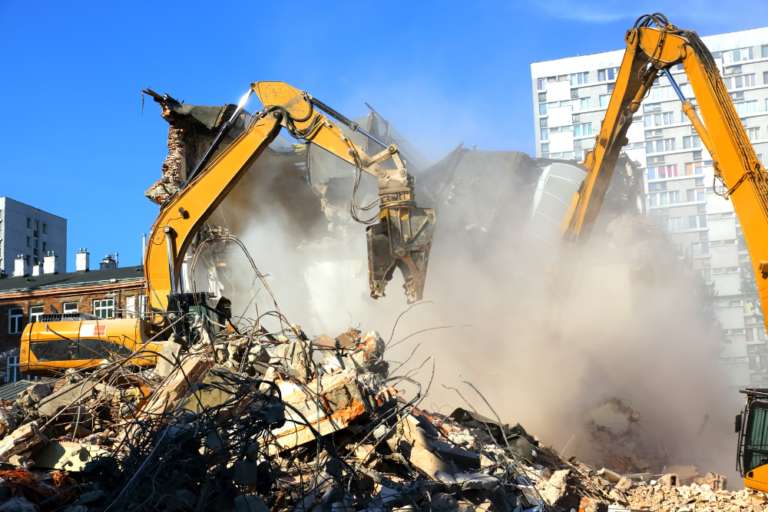
Scheduling junk removal services at the right time
Debris removal is most effective when timed properly, which means scheduling services strategically rather than waiting until the project ends. By arranging for pickups at different stages of the demolition, you prevent the site from becoming overwhelmed with piles of waste. A cluttered environment not only slows progress but also increases the risk of injury, making staggered removals a smart safety measure.
Flexibility also plays an important role. As walls and structures come down, unexpected materials often appear, adding to the workload. When you’ve scheduled junk removal services in advance, you can handle these surprises without missing a beat. Having a removal plan keeps the demolition site organized and ensures progress never grinds to a halt. With timely service, cleanup becomes a natural rhythm within the renovation process instead of an obstacle in the way.
Protecting surrounding areas during cleanup
Demolition doesn’t confine its mess to a single area; dust, debris, and fragments can easily travel throughout the home or spill into the yard. Protecting surrounding areas with tarps, plastic sheets, or temporary barriers reduces this spread and saves you from additional cleanup headaches later. Containing the mess ensures that furniture, flooring, or landscaping outside the work zone remains intact and undamaged.
Simple protective measures can save hours of unnecessary labor. For example, sealing doorways or using dust barriers limits how far particles travel, making post-demolition cleaning much easier. Containment also reduces the risk of accidentally damaging valuable property in spaces adjacent to the project. By treating surrounding areas with care, you demonstrate foresight and control, ensuring cleanup is not just about removing debris but about safeguarding the rest of your environment as well.
Using proper tools and containers for cleanup
Cleanup becomes significantly easier when you equip yourself with the right tools and containers. Wheelbarrows, heavy-duty bins, and sturdy trash bags allow you to move and collect waste efficiently without overexertion. For larger projects, roll-off dumpsters provide the space and capacity needed to keep waste manageable from start to finish. With proper equipment in place, the physical demands of cleanup become far less daunting.
Safety tools are equally essential. Protective gloves shield hands from sharp edges, while goggles and dust masks protect against hazardous particles. These tools transform cleanup into a structured task instead of a risky, exhausting chore. Having the right gear not only streamlines the process but also protects everyone involved. When cleanup is supported with effective tools and reliable containers, the task feels manageable, organized, and far more productive.
Coordinating with professionals for efficiency
While many property owners attempt demolition cleanup themselves, there’s undeniable value in hiring professionals. Trained teams arrive with the tools, trucks, and knowledge to move heavy materials quickly and dispose of them responsibly. Their efficiency helps projects progress smoothly, eliminating the stress of managing every detail on your own. This assistance is particularly useful for larger demolitions, where debris accumulates faster than one person can handle.
Professional junk removal also ensures compliance with local disposal laws. Certain items like treated lumber, old fixtures, or hazardous materials require special handling. Experts understand these regulations and know how to dispose of materials properly. By working with professionals, you not only save time but also gain peace of mind that cleanup is handled safely and legally. Their coordination turns a messy process into a streamlined, dependable service.
Maintaining safety during demolition cleanup
Cleanup carries risks that are just as significant as the demolition itself. Sharp nails, splintered wood, or broken glass can cause serious injuries if precautions aren’t taken. Maintaining safety means enforcing protective practices like wearing steel-toed boots, lifting with proper technique, and keeping work areas clear of obstacles. By treating safety as an ongoing focus, you reduce the chances of accidents disrupting your project.
Accidents don’t just harm people; they halt progress and add costs to the renovation. A cleanup process that prioritizes safety keeps momentum steady and minimizes setbacks. Simple habits—like checking tools before use and using protective gear—create a secure environment where work can continue smoothly. In the end, safety transforms cleanup from a potential hazard into a controlled, efficient step of your renovation journey.
Reducing environmental impact with responsible disposal
Demolition often produces large amounts of waste, but not everything needs to go to the landfill. By recycling wood, metal, and other reusable materials, you can significantly cut down on the environmental impact of your project. Responsible disposal turns cleanup into an opportunity to give old materials a new purpose, whether through recycling facilities or donation centers.
This approach also has practical advantages. Recycling often reduces disposal fees and frees up valuable space in dumpsters. Even small actions, like separating scrap metal, contribute to sustainability efforts while streamlining cleanup. Taking the time to think about the bigger picture ensures that your renovation doesn’t just improve your home but also respects the environment. Responsible disposal transforms waste into a resource, aligning cleanup with sustainable values.
Preparing the site for renovation after cleanup
The final step of demolition cleanup is preparing the site for the renovation that follows. Removing debris is just the beginning; sweeping up dust, filling holes, and checking for structural issues ensures the area is safe and ready for construction. A properly prepared site reduces the chance of complications later, such as uneven flooring or leftover debris interfering with new installations.
This step also offers a moment to reimagine the space with fresh eyes. With the clutter gone, it’s easier to envision new layouts or designs without distraction. Cleanup prepares more than just the physical area—it creates mental clarity for the exciting stage ahead. By ensuring the site is truly ready, you set a strong foundation for progress and transformation.
Adapting cleanup methods to project size
Not all demolition projects generate the same level of waste, which is why adapting your cleanup methods is essential. A small bathroom renovation may only require a few heavy-duty bags and a truck, while tearing down an entire garage might call for multiple dumpsters and a professional crew. Matching your approach to the project’s scale saves both time and resources.
Underestimating the size of your cleanup can leave you scrambling mid-project, while overestimating wastes money on unnecessary equipment. Tailoring your method keeps cleanup practical and balanced. By adapting your strategy, you avoid frustration and make sure the cleanup process is proportionate to the job. This flexibility ensures that no matter the project’s size, the cleanup remains efficient and well-suited to the task at hand.
Conclusion
Organizing demolition cleanup is the difference between chaos and control. When handled with foresight, every stage—from sorting debris to scheduling removal—supports a smoother, safer, and more efficient renovation. Planning early, maintaining safety, and considering environmental responsibility all contribute to a process that flows without unnecessary obstacles. Cleanup is not just a background task; it’s the framework that ensures progress continues uninterrupted.
For homeowners in Santa Rosa, CA, professional support is always within reach. North Bay Junk Removal provides expert services that streamline demolition cleanup and junk removal. Their team handles heavy lifting, responsible disposal, and efficient debris management, allowing you to focus on the exciting part of your renovation. Call 707-478-6817 to schedule with North Bay Junk Removal today and ensure your project begins on a clean foundation.

